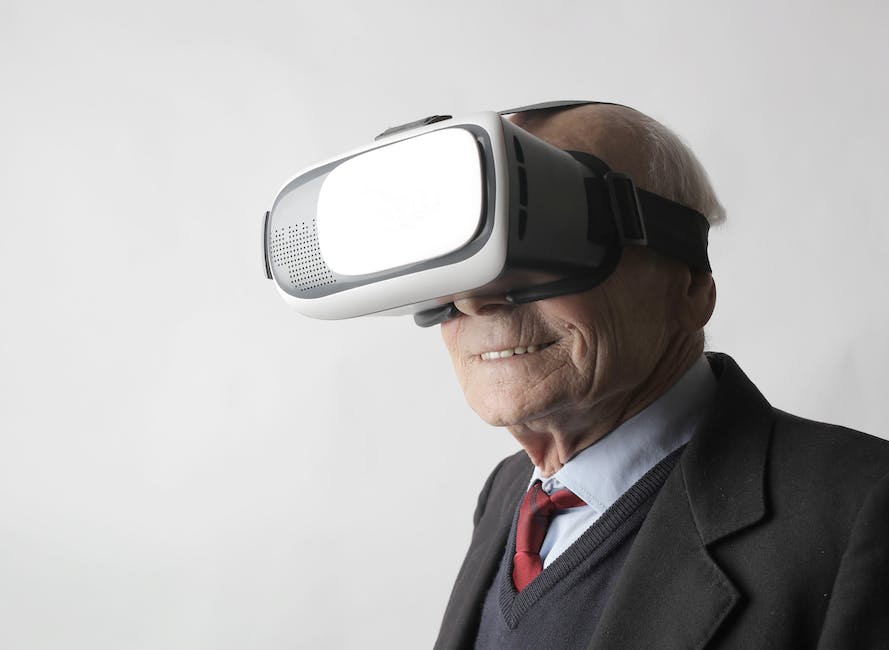VR Content Creation is a rapidly evolving field that offers immense opportunities for developers and creators. This introduction provides valuable tips for those involved in this innovative area, focusing on key aspects such as understanding the VR platform, mastering the necessary tools and software, creating immersive and interactive content, and considering user comfort and safety. It also emphasizes the importance of staying updated with the latest trends and advancements in VR technology. These tips aim to guide developers and creators in producing high-quality, engaging, and user-friendly VR content.
Top 10 Essential Tips for Developers and Creators in VR Content Creation

Creating virtual reality (VR) content is an exciting venture that offers endless possibilities. As a developer or creator, you have the power to craft immersive experiences that transport users to different worlds. However, the process can be challenging, especially for beginners. Here are the top 10 essential tips to help you navigate the world of VR content creation.
Firstly, it’s crucial to understand your audience. Knowing who will be using your VR content can guide your design decisions. For instance, if your target audience is gamers, you might want to focus on creating interactive and engaging experiences. On the other hand, if you’re targeting educational institutions, your content should be informative and easy to understand.
Secondly, always prioritize user comfort. VR can be an intense experience, and it’s easy for users to feel disoriented or nauseous. To prevent this, ensure your VR content has a stable horizon line and avoid sudden movements or changes in perspective. Also, provide users with the option to adjust settings like brightness and sound levels to suit their comfort.
Thirdly, keep the user interface (UI) simple and intuitive. Users should be able to navigate your VR content easily without needing a manual. Use familiar symbols and gestures, and ensure all interactive elements are within the user’s field of view.
Fourthly, consider the user’s physical space. Not all users will have large, open spaces to move around in while using VR. Design your content to be enjoyable even in small spaces, and always include safety features to prevent users from bumping into real-world objects.
Fifthly, make use of spatial audio. Sound plays a crucial role in creating immersive VR experiences. Use 3D audio to help users locate objects or characters, and to enhance the realism of your virtual environment.
Sixthly, don’t forget about accessibility. VR content should be inclusive and accessible to all users, including those with disabilities. Include features like subtitles for the hearing impaired, and ensure your content can be enjoyed without relying solely on visual cues.
Seventhly, test your VR content thoroughly. This includes testing on different devices and platforms, as well as with different user groups. Feedback from testing can help you identify and fix issues before your content goes live.
Eighthly, stay updated with the latest VR trends and technologies. The world of VR is constantly evolving, and staying informed can help you create content that’s innovative and relevant.
Ninthly, don’t be afraid to experiment. VR offers a unique platform for creativity, so don’t limit yourself to traditional storytelling or design methods. Try new things, and don’t be afraid to push the boundaries of what’s possible.
Lastly, remember that creating great VR content takes time and patience. Don’t rush the process, and don’t be discouraged by initial challenges. With practice and perseverance, you’ll be able to create amazing VR experiences that captivate and inspire users.
In conclusion, creating VR content is a complex but rewarding process. By understanding your audience, prioritizing user comfort, keeping the UI simple, considering physical space, using spatial audio, ensuring accessibility, testing thoroughly, staying updated, experimenting, and being patient, you can create VR content that truly stands out. Happy creating!